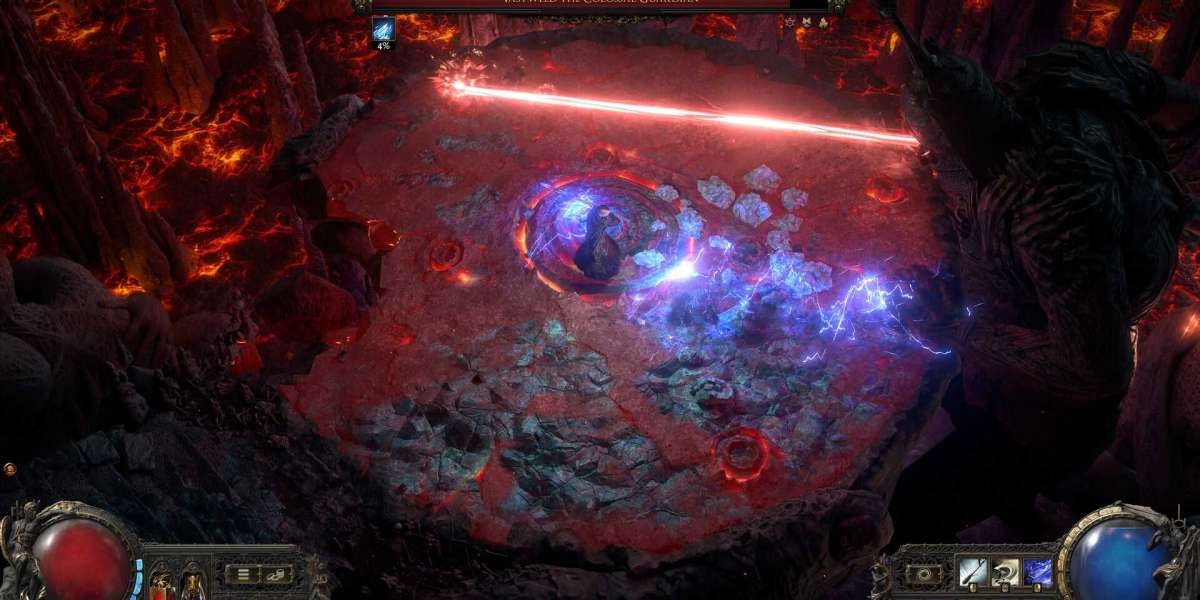In the world of action RPGs, few games can match the complexity and scale of Path of Exile’s player-driven economy. Trading in the original game has long been a defining feature—but also a controversial one. While it allowed savvy players to build wealth and fine-tune their characters with powerful gear, it also introduced friction, time-consuming whisper chains, and reliance on third-party tools. With Path of Exile 2, Grinding Gear Games is addressing these long-standing issues while preserving the player-driven spirit that makes PoE’s economy so unique.
At the core of PoE 2’s trading overhaul is accessibility. While the game continues to avoid an auction house-style system that could devalue items and destroy the thrill of loot hunting, it aims to make the trading process more streamlined and less disruptive to gameplay. Improvements are being made to the in-game trade board, allowing players to search, filter, and browse listings with more accuracy and ease. This reduces the need to alt-tab out of the game or rely on external websites to find gear, maps, or crafting materials.
One of the most notable shifts is the effort to reduce reliance on constant player-to-player messaging. In the original PoE, buying an item meant whispering the seller, waiting for a response, and then completing the trade manually—often a tedious and time-wasting process. PoE 2 introduces features like trade notifications and optional auto-listing systems for those who want smoother interactions. Players can focus more on gameplay and less on managing trade windows and chat logs.
Economy balance is also being reexamined. Path of Exile 2 introduces new currency items and modifies drop behavior to reduce inflation and encourage in-game resource usage. The design goal is to reward players for engaging with the game itself—killing monsters, completing encounters, and crafting—rather than just flipping items or farming trade arbitrage. Currency items are more targeted, and some crafting functions are now more deterministic, which reduces the demand to constantly trade for specific orbs or fragments.
Trading is also being integrated more naturally into the gameplay loop. Vendors, for instance, offer more contextual upgrades, allowing players to make meaningful purchases as they progress. In some cases, rare NPC traders may appear with limited but valuable stock based on the zone or story progression. These systems provide alternate paths for character improvement without forcing players to visit trade hubs.
The team has also considered the social side of trading. Guild improvements, trade history logs, and better friend/group trading tools make it easier for small communities to thrive. Players can share resources, plan builds together, or establish mini-economies among themselves. This helps foster a cooperative environment within the vast competitive landscape of PoE’s market.
In poe2 items, trading is evolving—not by simplifying it into a global auction system, but by refining and respecting the time of the player. By improving tools, enhancing usability, and encouraging gameplay-first progression, Grinding Gear Games is ensuring that the economy remains one of the richest, most rewarding aspects of Wraeclast’s ever-changing world.








